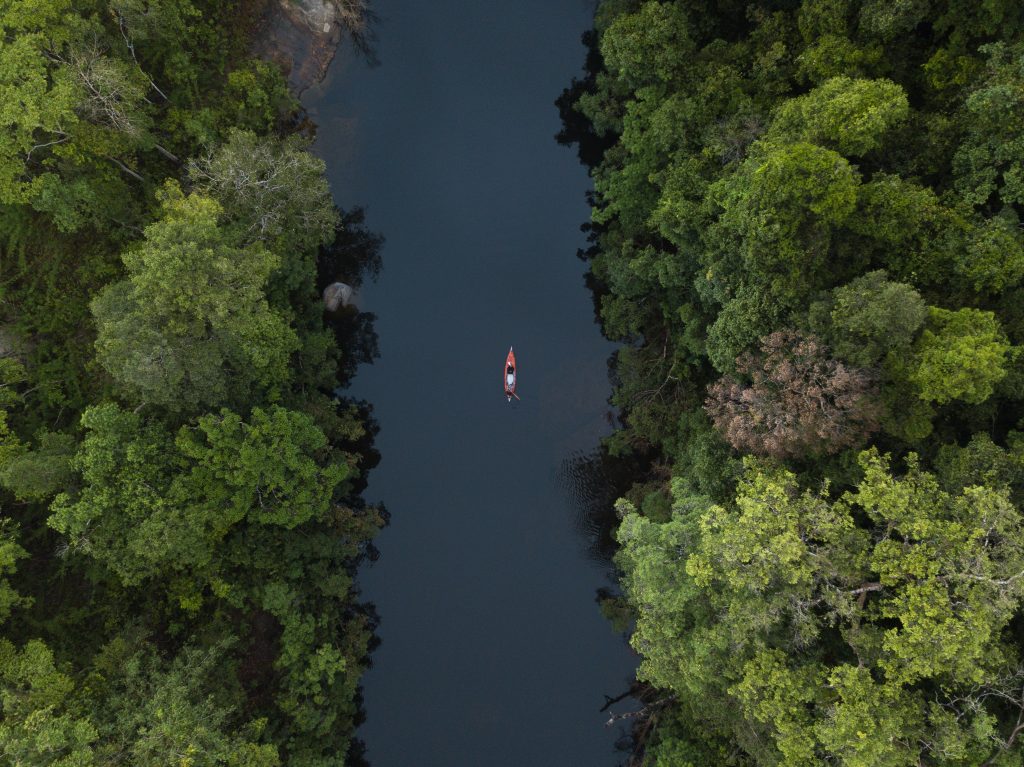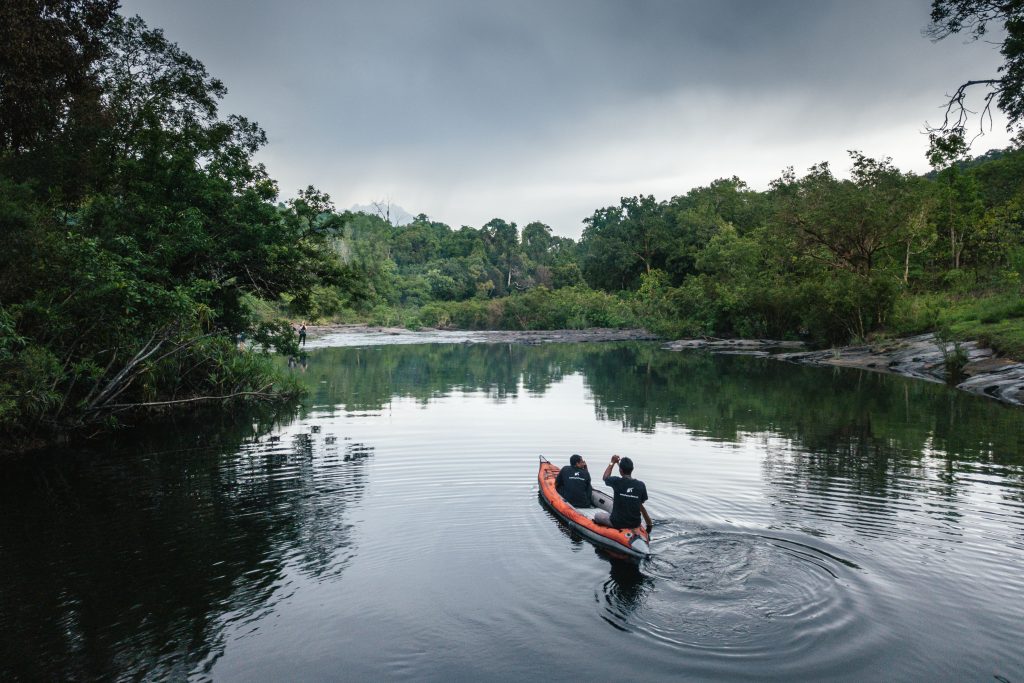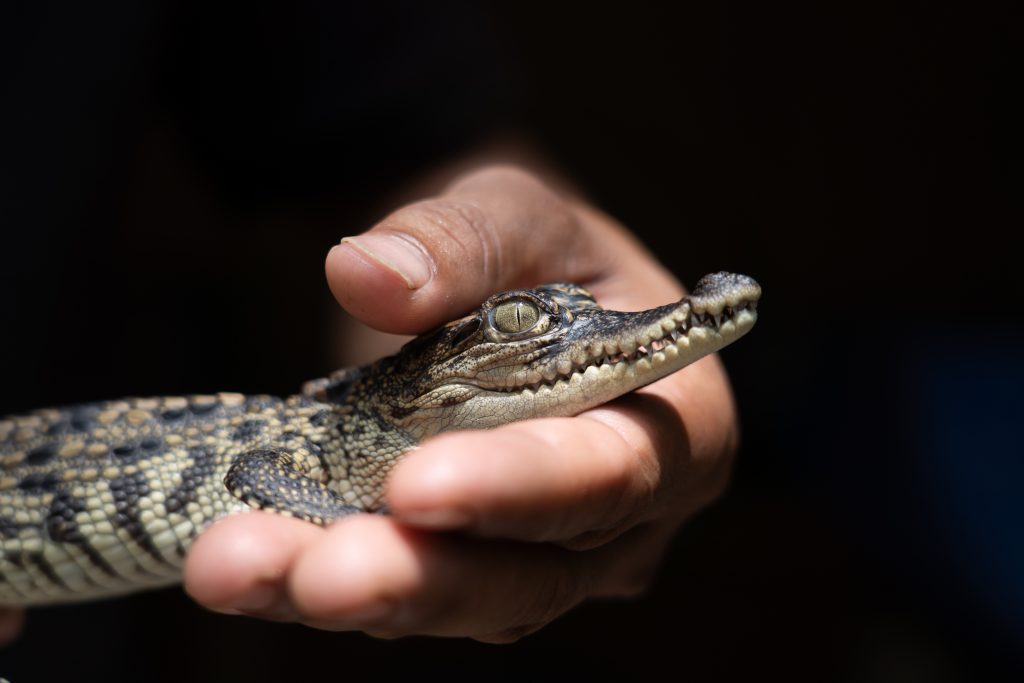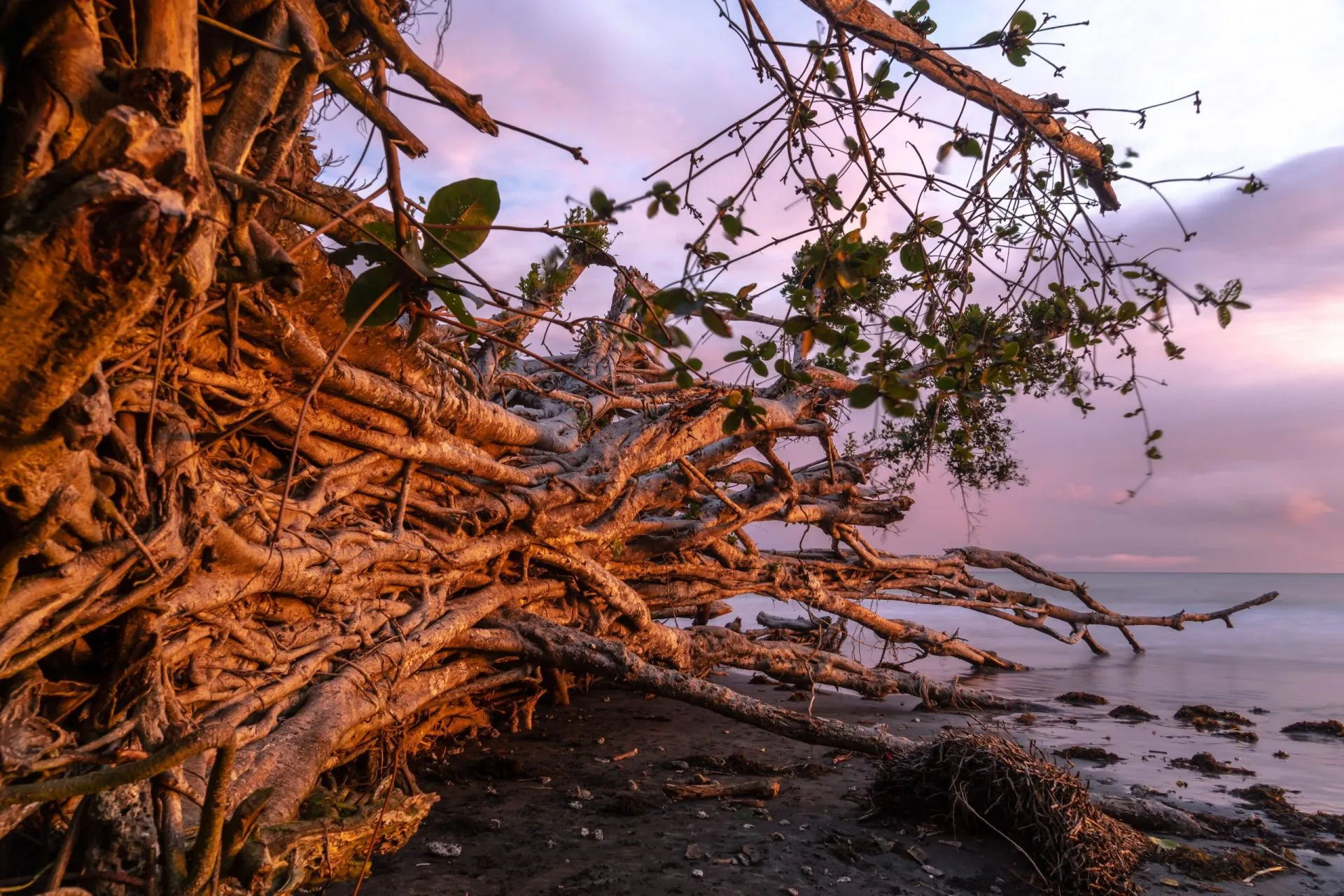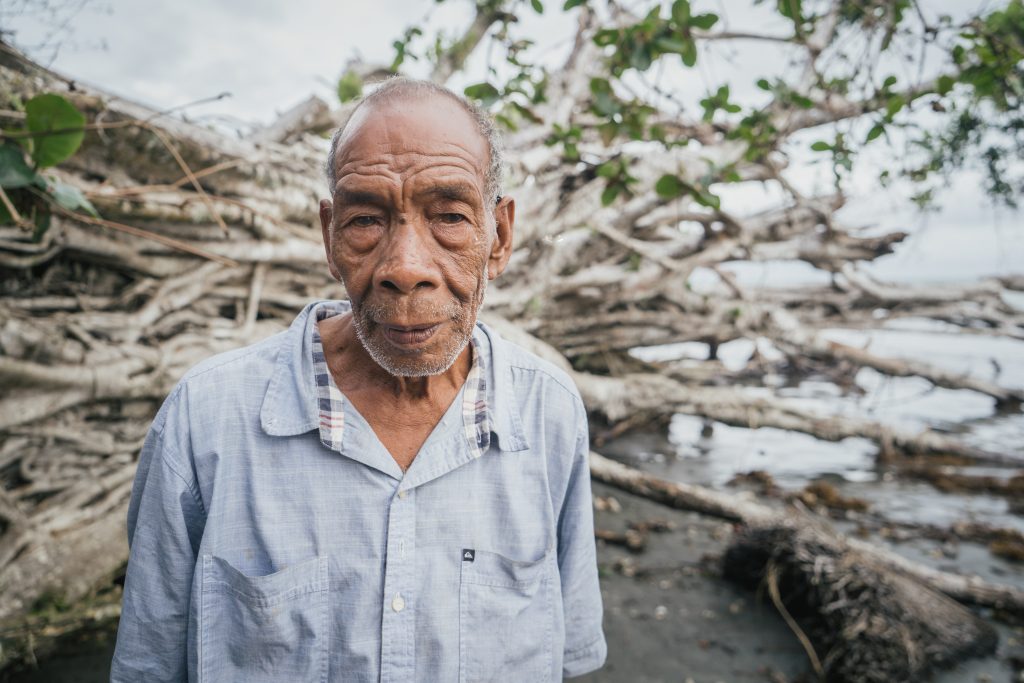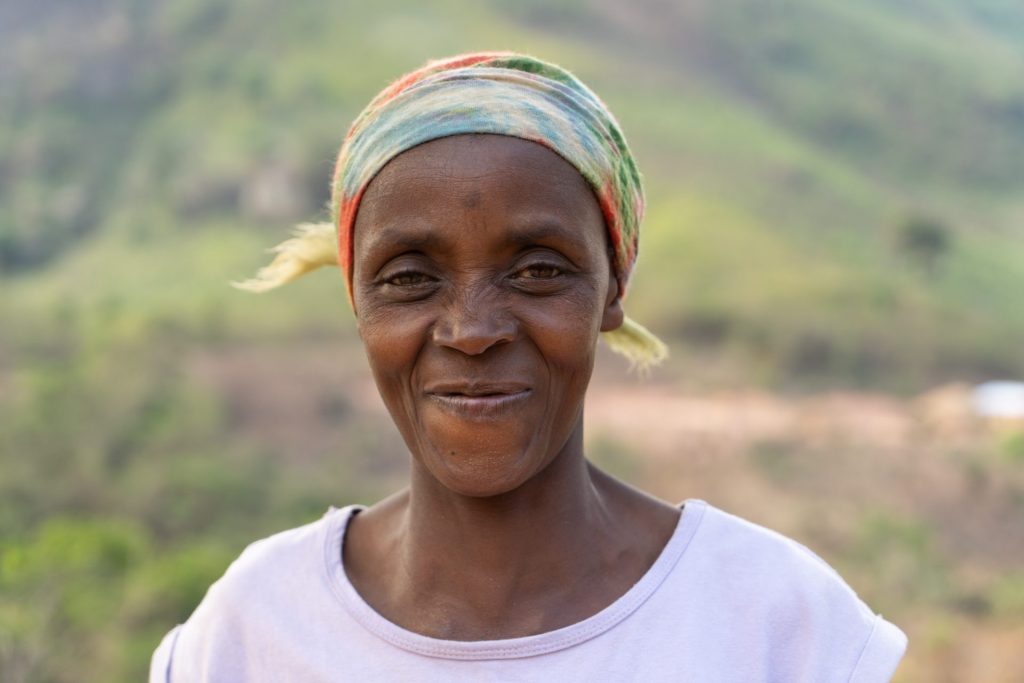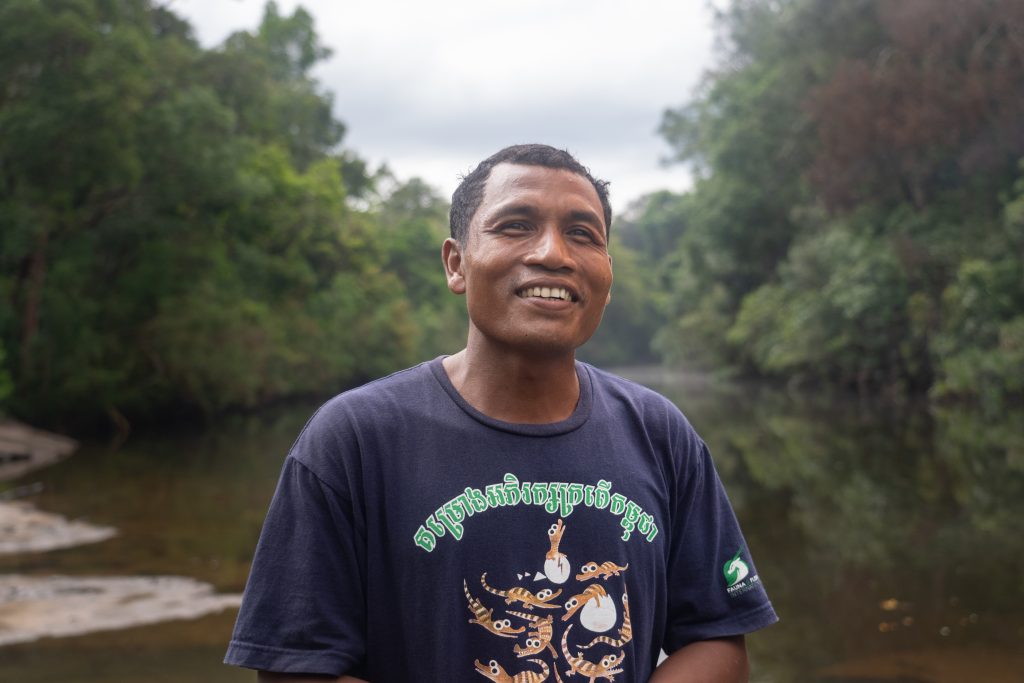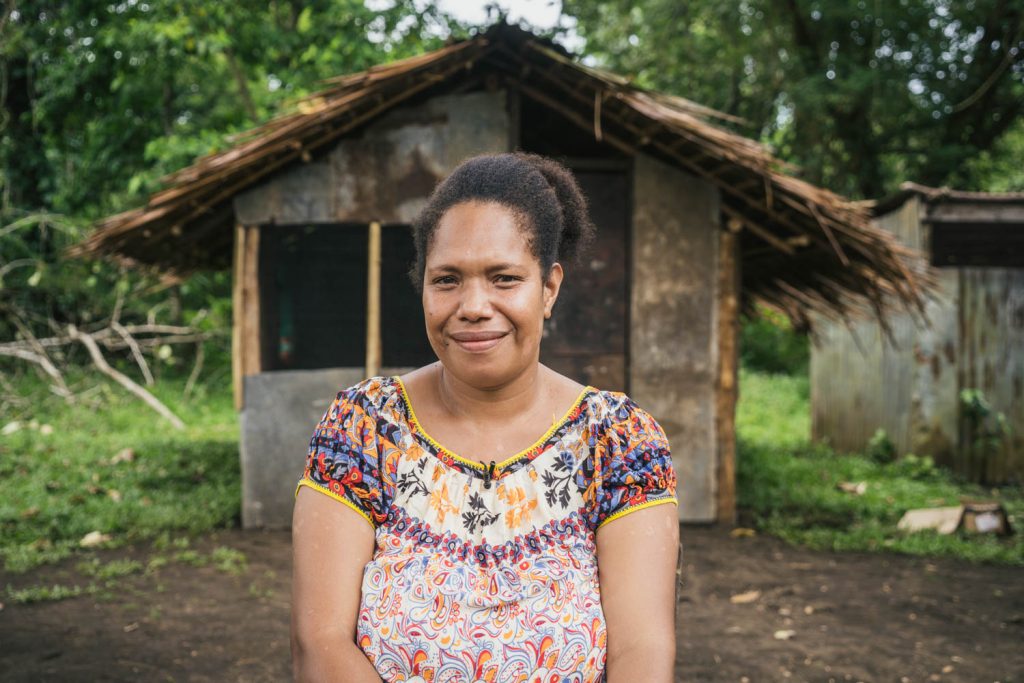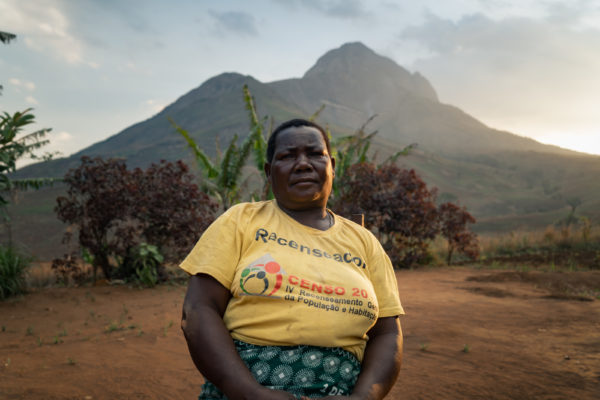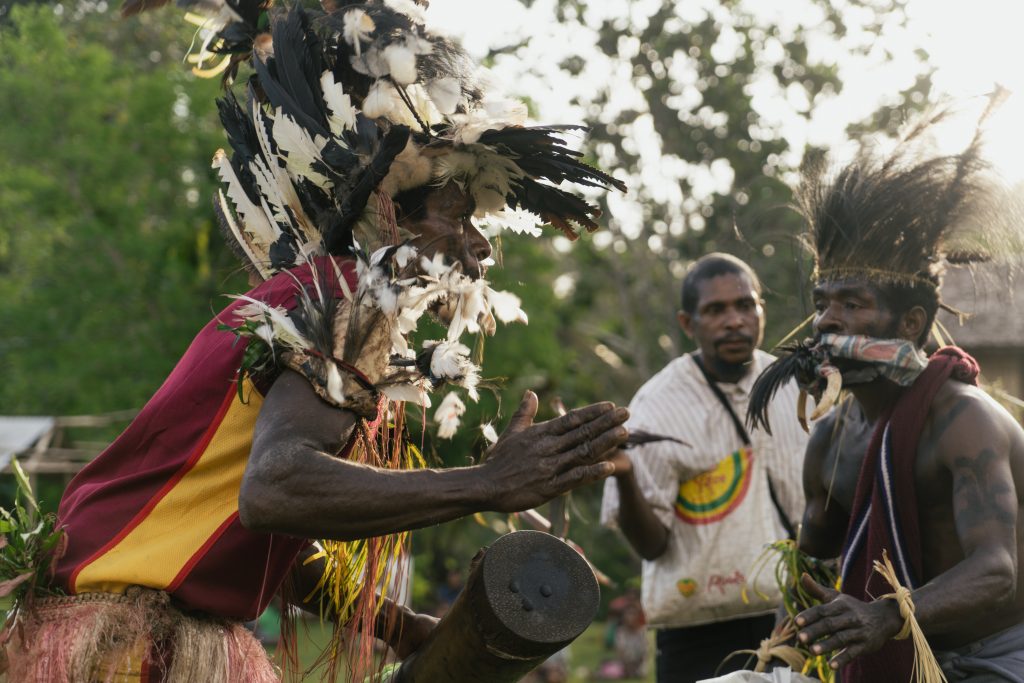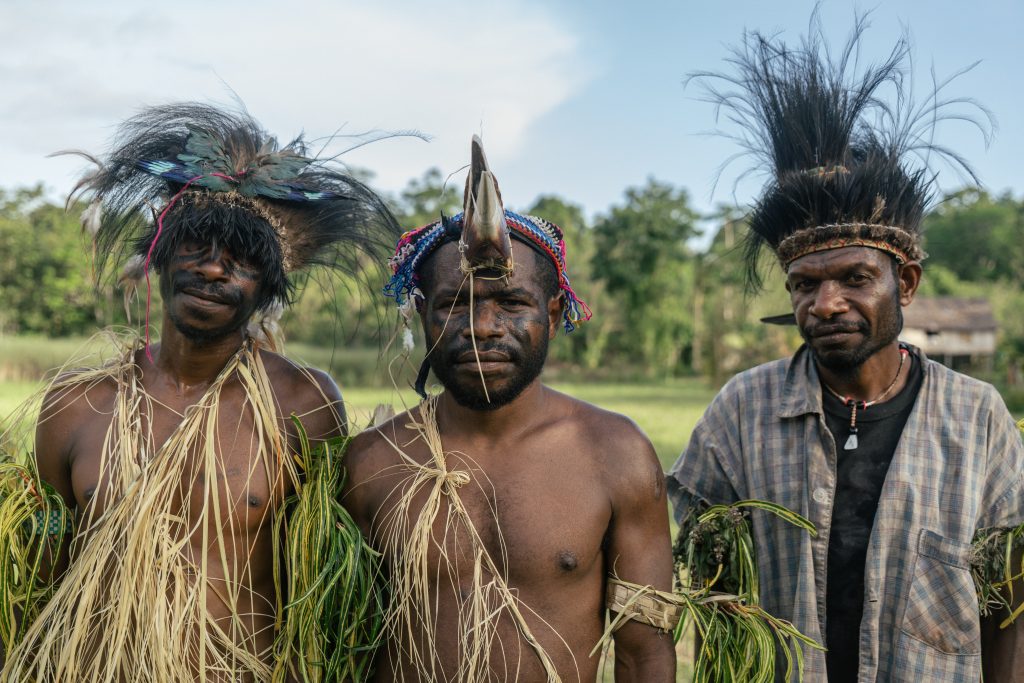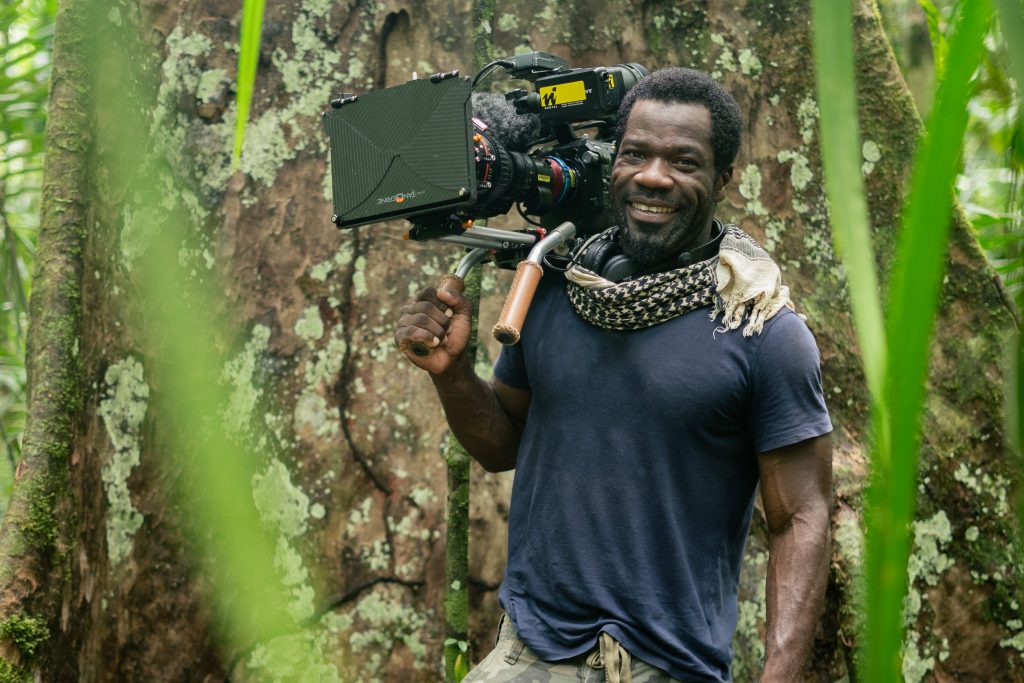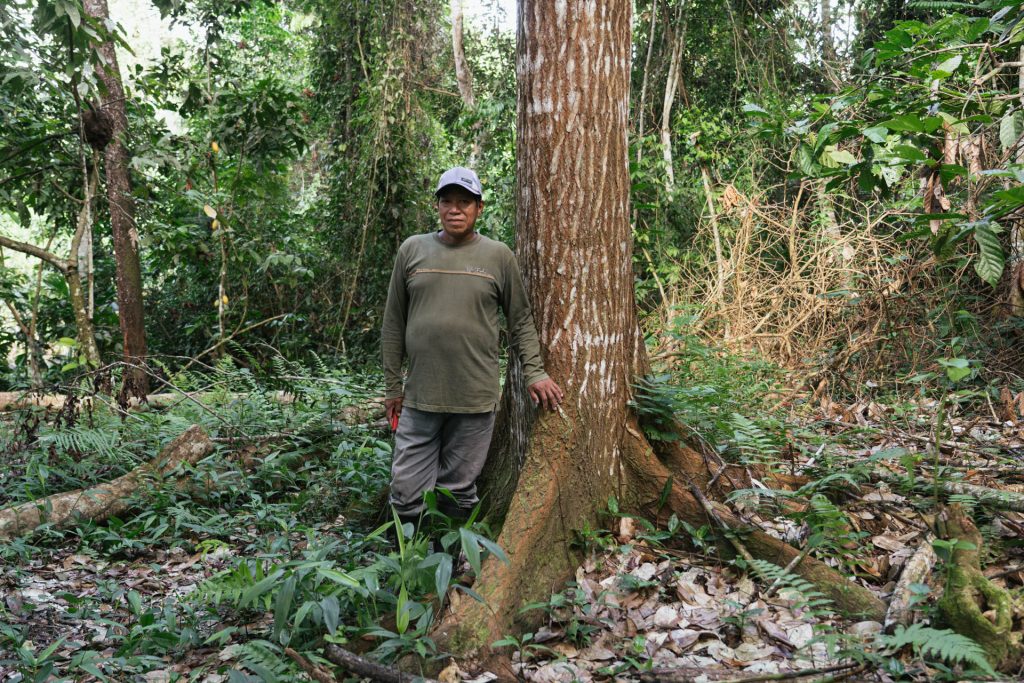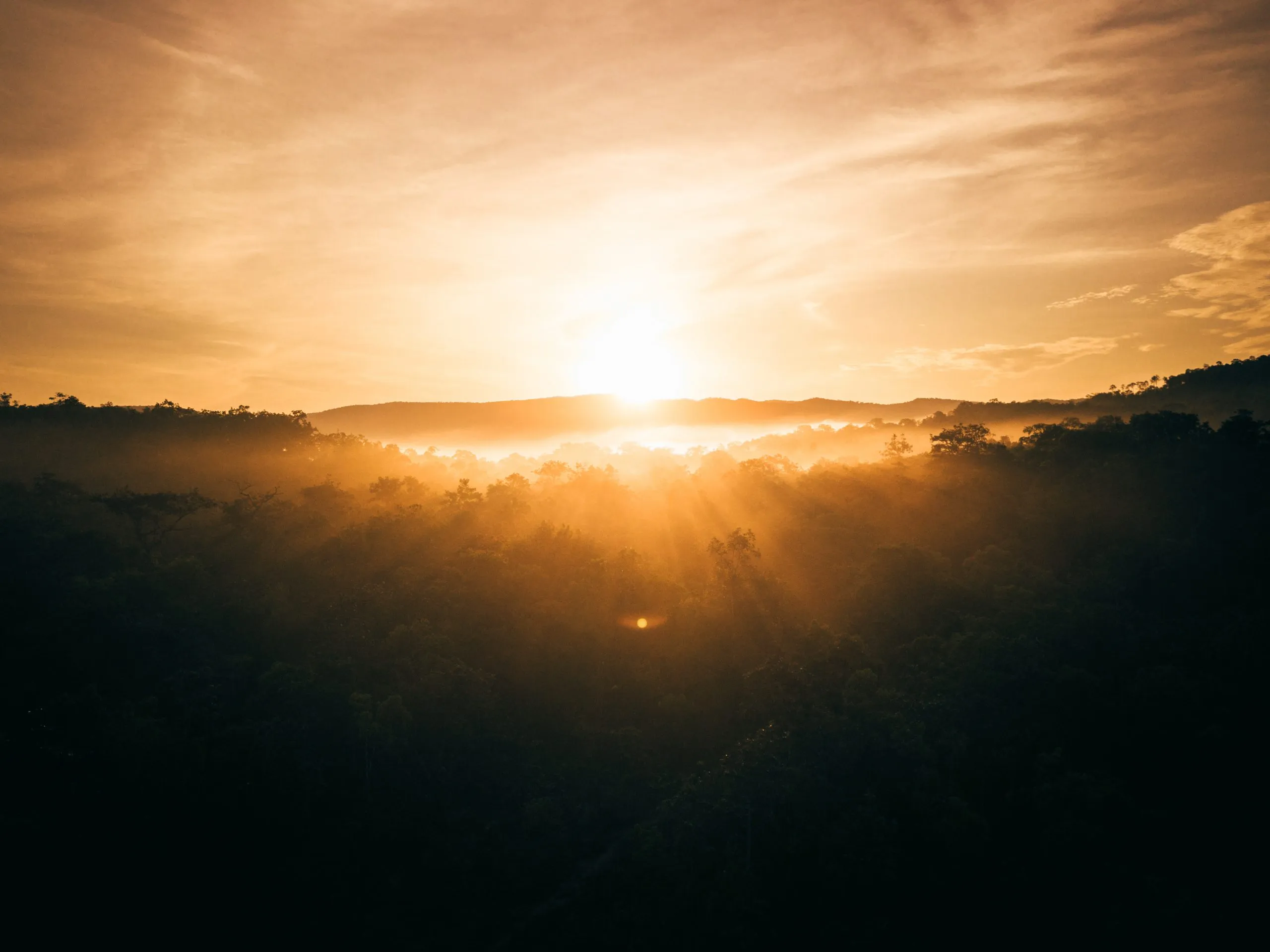A village elder recollected playing on the beach as a child, almost 100 metres seaward of where we stood. It worries him that their village will be underwater in ten years; each King Tide in the springtime is higher and more destructive than the last. For many there seems to be one option; move the village away from the water, house by house.
Lying prone, the waves lapping around its topmost branches, the tree’s root ball pointed skyward. It felt that this tree is a stark reminder that climate change is real and present, a clarion call for action, before more of Gadaisu’s identity is lost to the waves.
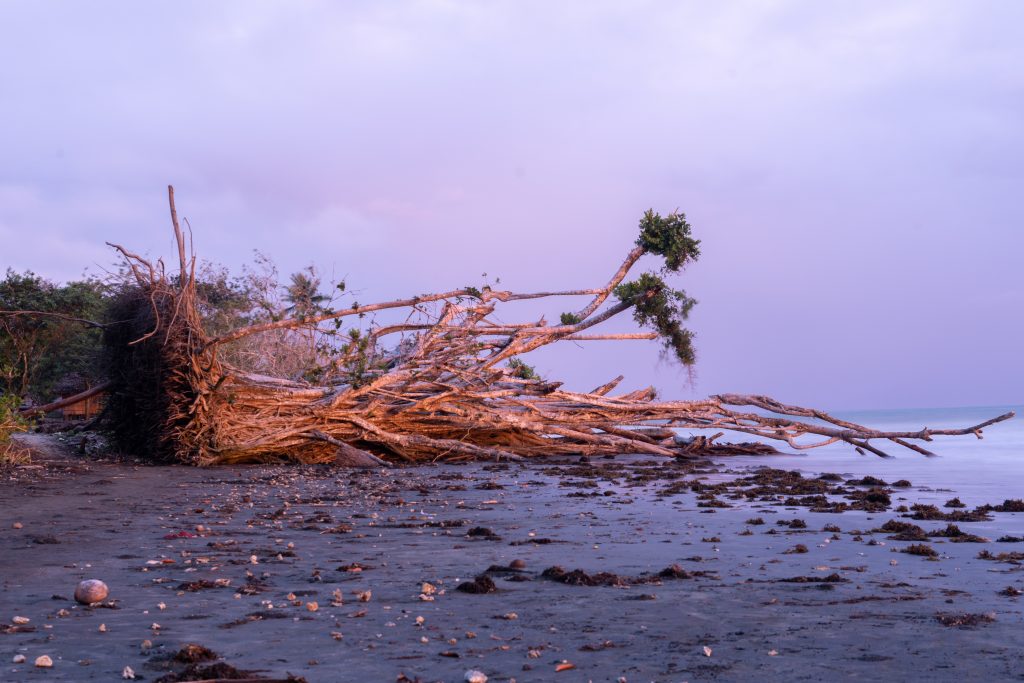

Gadaisu’s landmark tree lies prone as it’s roots were finally undermined by the waves.
Driven to improve local living standards whilst protecting rainforest, Agnes is a key figure in the community of Gadaisu. She’s currently using Cool Earth funding to open a kitchen where she’ll be able to sell food to an increasing number of tourists and was keen to show us around.
A natural business model for an amazing cook.
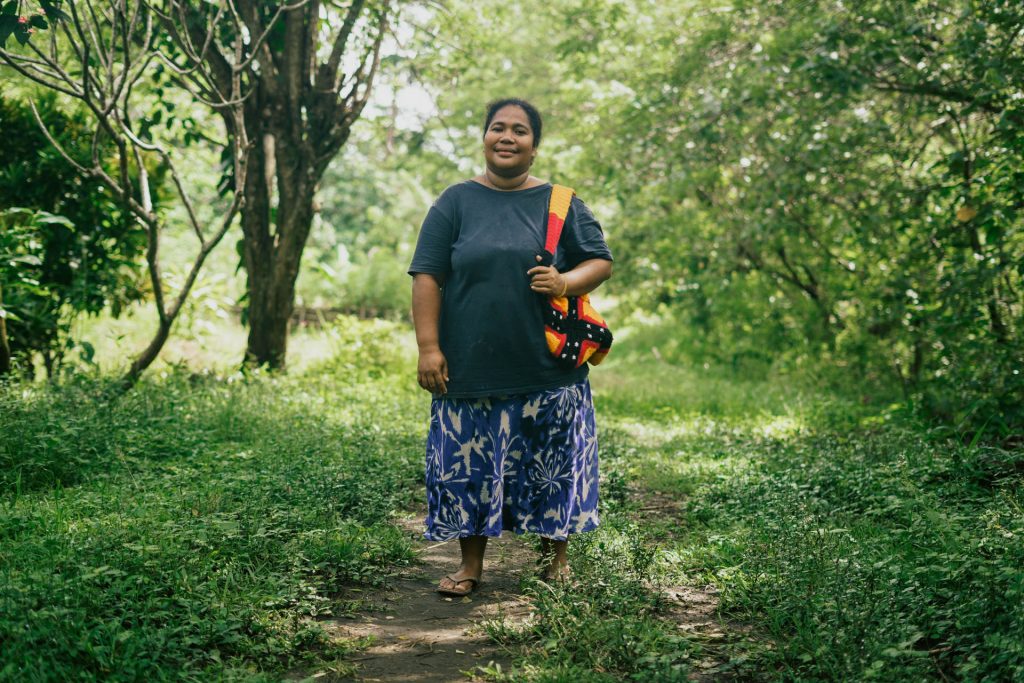

Agnes walks a forest path near the village of Gadaisu, Papua New Guinea.
The most rewarding part of visiting rainforest communities is meeting and learning from the people that live there, like Agnes. It’s easy to think of rainforest as a pristine and untouched Eden, but the reality is often far from that. Vital to remember is that those who call rainforest home play a key part in conservation. They are contemporary societies in a modern world with a rich cultural history and the knowledge to live in harmony with the forest.
Meeting rainforest communities around the world, the most obvious thing is not their differences, but their striking similarities, not only to one another but to communities and societies away from the tropics. Regardless of language, country or climate, we all have the same basic needs and necessities, we all have hopes, dreams and fears. It’s clear that we have a duty to support the entrepreneurial, determined people who defend humanity’s very lifelines yet face disastrous effects of our carbon emissions.

